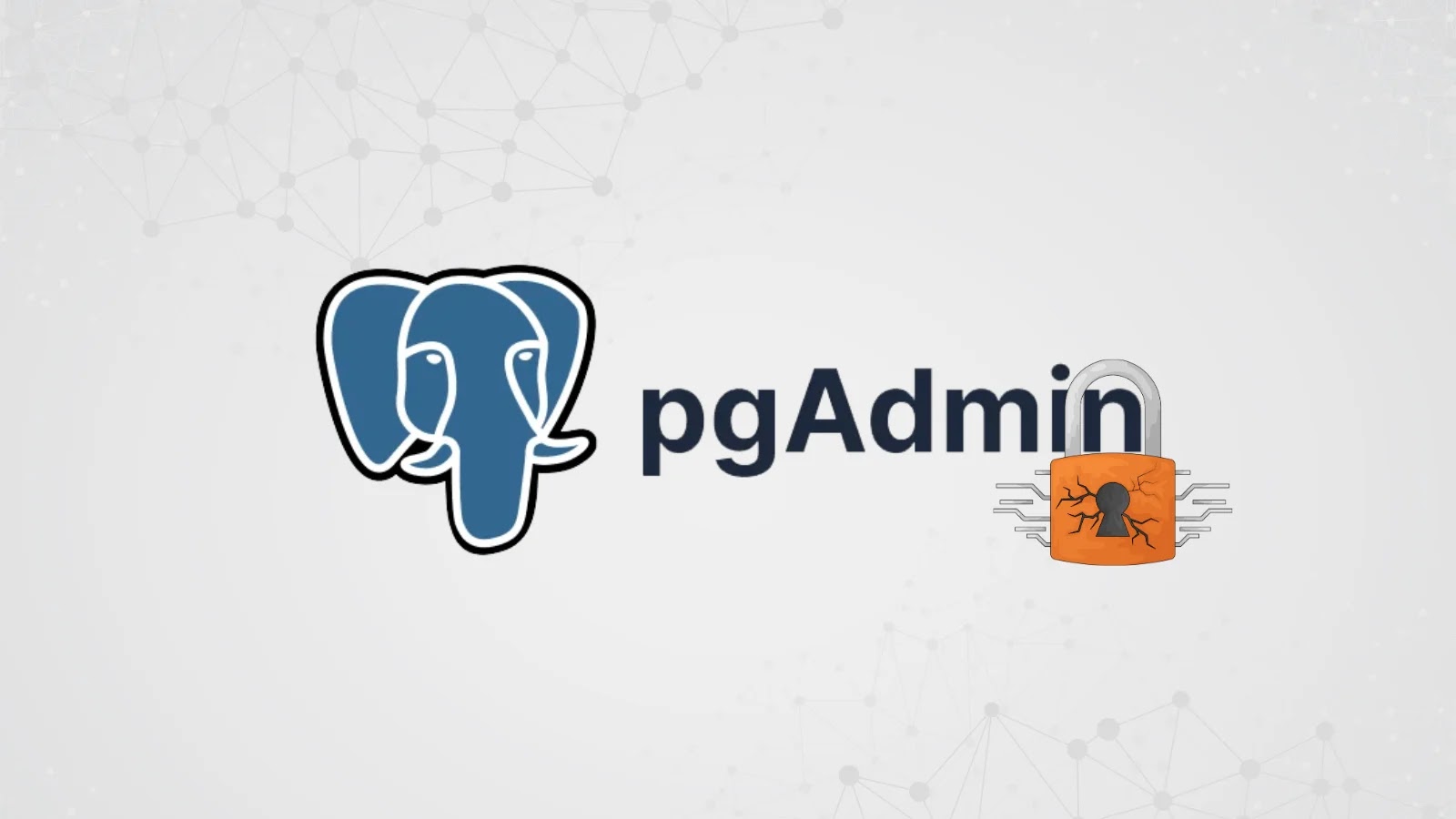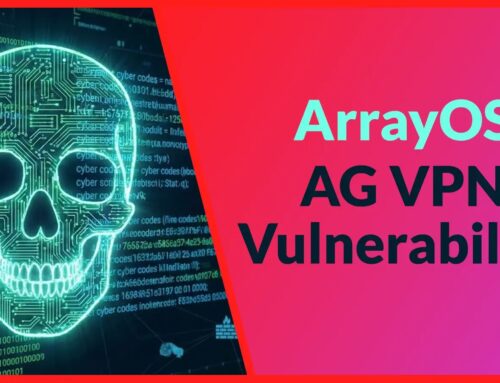
Critical pgAdmin4 Vulnerability Lets Attackers Execute Remote Code on Servers
Critical pgAdmin4 RCE Flaw: A Looming Threat to PostgreSQL Infrastructures
The digital defense perimeter of PostgreSQL database environments just got a little thinner. A severe Remote Code Execution (RCE) vulnerability, identified as CVE-2025-12762, has been uncovered in pgAdmin4, the widely adopted open-source administration and development platform for PostgreSQL. This critical flaw allows attackers to execute arbitrary commands on the server hosting pgAdmin4, posing a significant risk to data integrity and organizational security.
For organizations relying on pgAdmin4 for their PostgreSQL database management, understanding the implications and implementing immediate remediation is paramount. This RCE vulnerability affects versions up to 9.9, making a substantial portion of the deployed pgAdmin4 instances susceptible to potential exploitation.
Understanding CVE-2025-12762: The Code Injection Vector
The heart of CVE-2025-12762 lies in pgAdmin4’s improper handling of code injection during specific operations. This oversight can be manipulated by a malicious actor to inject and execute arbitrary code on the underlying operating system where pgAdmin4 is running. The ease of exploitation for RCE vulnerabilities makes them particularly dangerous, as they can lead to full system compromise, data exfiltration, or the deployment of further malware.
When an attacker successfully exploits this RCE flaw, they gain the ability to:
- Execute arbitrary commands: This could include installing backdoors, creating new user accounts, or modifying system configurations.
- Access sensitive data: Direct access to the server often means access to credentials, configuration files, and potentially other systems on the network.
- Compromise entire database infrastructures: Since pgAdmin4 directly interacts with PostgreSQL databases, a compromised pgAdmin4 server could be used as a pivot point to attack the linked databases themselves, leading to data loss, corruption, or unauthorized access to critical information.
- Establish persistence: Attackers can set up persistent access mechanisms, allowing them to return to the compromised system even after initial exploitation.
Affected pgAdmin4 Versions
The CVE-2025-12762 vulnerability impacts pgAdmin4 versions up to and including 9.9. Users running any version within this range are strongly urged to review their installations and take immediate action. Newer versions of pgAdmin4 (10.0 and above) are expected to contain the necessary patches to mitigate this vulnerability.
Remediation Actions
Mitigating the risk posed by CVE-2025-12762 requires swift and decisive action. Organizations should prioritize these steps:
- Upgrade pgAdmin4 Immediately: The most crucial step is to upgrade your pgAdmin4 installation to the latest available stable version (version 10.0 or higher). This will include the necessary security patches.
- Review Network Access: Limit network access to pgAdmin4 only to trusted IP addresses and necessary internal networks. pgAdmin4 should ideally not be exposed directly to the public internet.
- Implement Least Privilege: Ensure that the user account running the pgAdmin4 process has only the minimum necessary permissions required for its operation.
- Regular Security Audits: Conduct regular security audits and penetration testing of your pgAdmin4 deployments and associated PostgreSQL infrastructure.
- Monitor Logs: Actively monitor pgAdmin4 and server logs for any unusual activity or signs of compromise. Implement robust logging and alerting mechanisms.
- Use Web Application Firewalls (WAFs): Deploy a WAF in front of your pgAdmin4 instance to help detect and block malicious requests, including potential code injection attempts.
Detection and Mitigation Tools
While upgrading is the primary defense, several tools can aid in detection, scanning, and bolstering your overall security posture against such vulnerabilities.
| Tool Name | Purpose | Link |
|---|---|---|
| Nessus | Vulnerability scanning and detection | https://www.tenable.com/products/nessus |
| OpenVAS | Open-source vulnerability scanner | http://www.openvas.org/ |
| OWASP ZAP | Web application security scanner (for general web app vulnerabilities) | https://www.zaproxy.org/ |
| ModSecurity | Web Application Firewall (WAF) for HTTP traffic filtering | https://modsecurity.org/ |
| ELK Stack (Elasticsearch, Logstash, Kibana) | Log management and monitoring for anomaly detection | https://www.elastic.co/elastic-stack |
Protecting Your PostgreSQL Environment
The discovery of CVE-2025-12762 underscores the continuous need for vigilance in managing open-source software and critical infrastructure components. While pgAdmin4 is an invaluable tool for PostgreSQL users, this RCE vulnerability serves as a stark reminder that all software, regardless of its utility or popularity, can harbor security weaknesses. Prioritizing updates, implementing robust security configurations, and maintaining a proactive security posture are non-negotiable for safeguarding your database environments against evolving threats.
Stay informed, stay secure, and keep your software updated.





